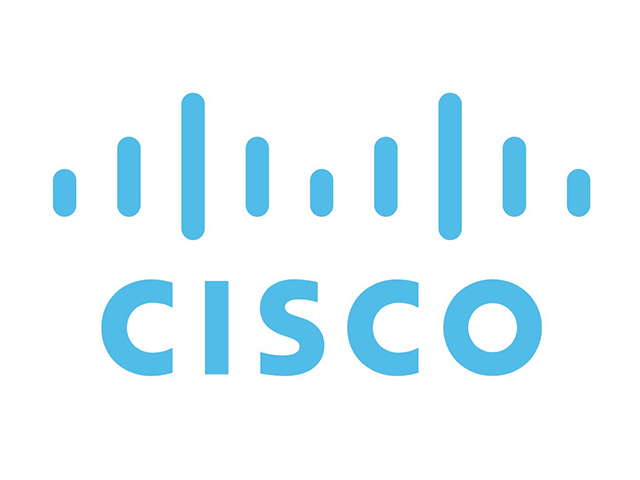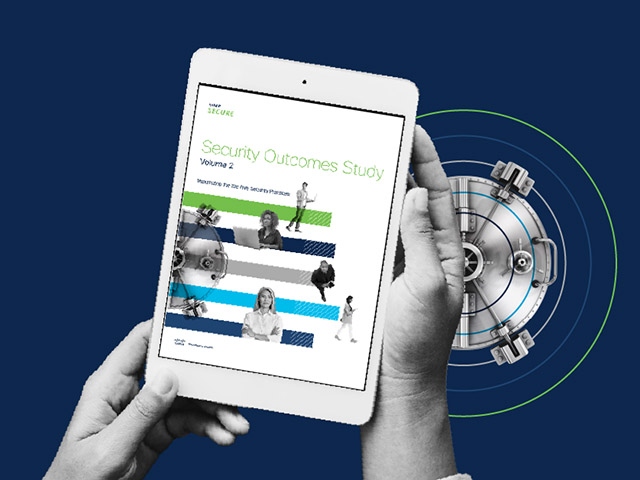Global Cisco study unveils five data-driven security practices that actually work
By Staff Writer 9 December 2021 | Categories: feature articles
This week, Cisco released its latest cybersecurity report, Security Outcomes Study Volume 2, surveying more than 5100 security and privacy professionals across 27 countries to determine the most impactful measures teams can take to defend their organizations against the evolving threat landscape. Respondents shared their approaches to updating and integrating their security architecture, detecting and responding to threats and staying resilient when disaster strikes.
Last year’s study revealed that five practices had an outsized influence on the overall health of an organization’s security program. These include proactively refreshing outdated technology, well-integrated security technologies, timely incident response, prompt disaster recovery, and investing in accurate threat detection capabilities. This year’s study analyzed those top five practices more closely to identify success factors. Highlights of these findings include:
Updating and Integrating Architecture
- Investing in a proactive technology refresh strategy is more critical than ever, as on average 39% of security technologies used by organizations are considered outdated. Unsurprisingly, organizations with cloud-based architectures are more than twice as likely to refresh than those with more outdated, on-premises technologies.
- Organizations with integrated technologies are seven times more likely to achieve high levels of process automation. Additionally, these organizations boast more than 40% stronger threat detection capabilities.
- More than 75% of security operations programs that do not have strong staffing resources are still able to achieve robust capabilities through high levels of automation. Automation more than doubles the performance of less experienced staff, supporting organizations through skills and labor shortages.
Detecting and Responding to Threats
- The value of cloud-based security architectures cannot be understated. Organizations that claim to have mature implementations of Zero Trust or Secure Access Service Edge (SASE) architectures are 35% more likely to report strong security operations than those with nascent implementations.
- Organizations that leverage threat intelligence achieve faster mean time to repair (MTTR), with rates 50% lower than those of non-intel users.
Staying Resilient when Disaster Strikes
- As the threat landscape continues to evolve, testing business continuity and disaster recovery capabilities regularly and in multiple ways is more critical than ever, with proactive organizations 2.5 times more likely to maintain business resiliency.
- Organizations with board-level oversight of business continuity and disaster recovery efforts that have operations residing within cybersecurity teams perform best.
"With the shift to hybrid work, organizations are grappling with the increased complexity of securing a distributed workforce. At the same time, they are also dealing with limited staff and budget constraints, so it’s critical for organizations to invest in innovative technologies and security practices,” said Shailaja Shankar, SVP and GM of Cisco’s Security Business Group.
“Cisco’s 2022 Security Outcomes Study takes the guesswork out of prioritizing security strategies and technologies. By investing in cloud-based, integrated security architectures with high automation, practitioners can respond to threats faster, so they can focus on enabling the business and keeping users safe,” concluded Shankar.
Interested parties can view the report and learn more by clicking on the image below. Cisco Security Outcomes Report - Cisco Blogs
Most Read Articles

Have Your Say
What new tech or developments are you most anticipating this year?




